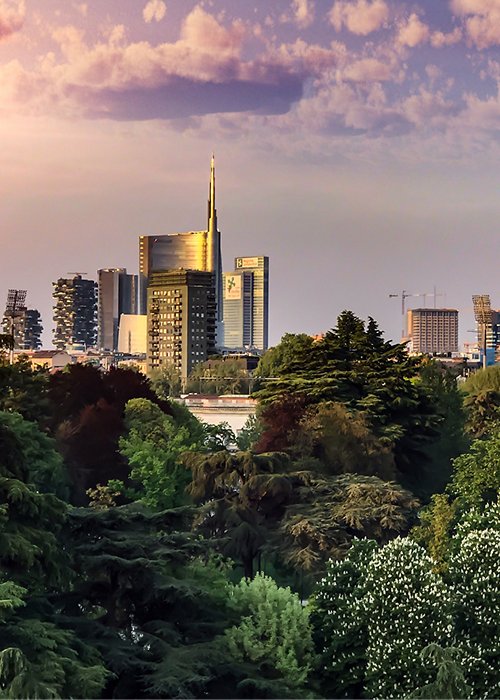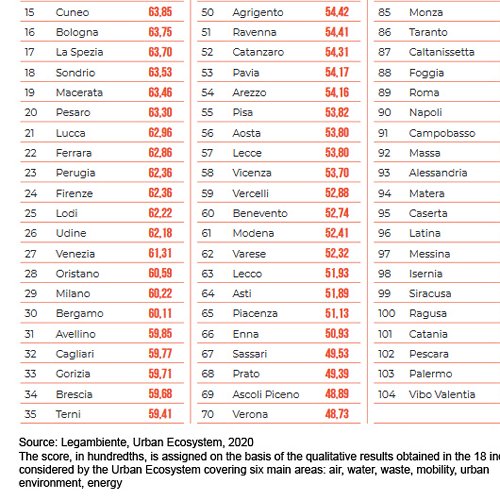Trento, Mantua and Pordenone top the ranking in the Urban Ecosystem 2020 Report, the annual dossier prepared by Legambiente, with the scientific contribution of the Istituto di Ricerche Ambiente Italia and the editorial collaboration of Il Sole 24 Ore which, for over 20 years, has been tracing the evolution of the state of health of Italian provincial capitals. The indicators used by Legambiente to assess Italian cities range from air pollution to noise, from climate to mobility, from waste to water management, from public green spaces to social issues. The 2020 report is based on municipal data for 2019, i.e. a pre-pandemic context. Each city is given a score from 0 to 100, based on the qualitative results in the indicators considered.




